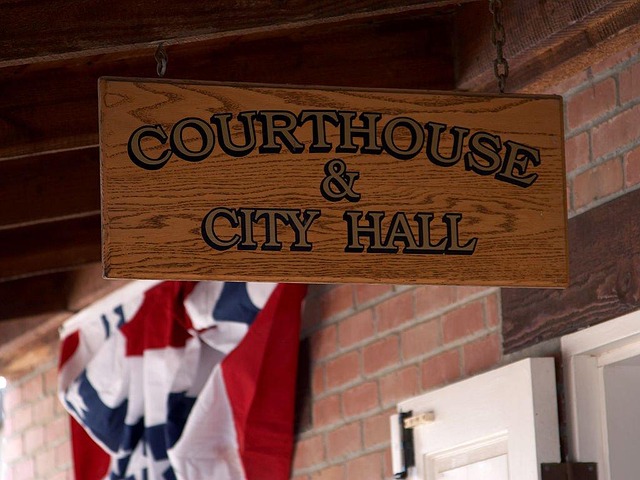Litigation Risk Management is a strategic approach to mitigate legal risks, especially libel claims, by proactively identifying vulnerabilities in contract negotiations, employee interactions, and product liability. Staying current with changing laws and regulations is key. Effective strategies include robust internal policies, employee training, thorough documentation, content moderation, and legal counsel involvement. This proactive approach minimizes the cost to defend against libel claims, safeguarding reputations and reducing financial exposure. Case studies demonstrate significant cost savings, highlighting the effectiveness of these strategies in both corporate and individual contexts.
In today’s litigious business landscape, effective litigation risk management is paramount. This comprehensive guide delves into the intricacies of managing legal risks, focusing on key areas such as understanding litigation risk dynamics, identifying potential vulnerabilities, and implementing strategies to minimize financial exposure. We explore the rising cost to defend against libel claims and present real-world case studies showcasing successful litigation risk management approaches. Embrace proactive measures to safeguard your organization from legal pitfalls.
- Understanding Litigation Risk Management: A Comprehensive Overview
- The Rising Cost of Defending Against Libel Claims
- Identifying and Mitigating Potential Legal Risks
- Strategies to Minimize Financial Exposure in Lawsuits
- Case Studies: Success Stories in Litigation Risk Management
Understanding Litigation Risk Management: A Comprehensive Overview

Litigation Risk Management involves a strategic approach to mitigate potential legal risks and protect organizations from costly lawsuits. It’s a proactive measure that recognizes the significant financial and reputational consequences of litigation, especially in cases like libel. Understanding and managing these risks are crucial for businesses aiming to avoid substantial expenses associated with defending against claims, which can often run into millions. By assessing and addressing potential legal vulnerabilities, companies can work towards achieving a complete dismissal of all charges in less severe instances or navigate complex cases effectively.
This process includes identifying areas prone to legal disputes, such as contract negotiations, employee interactions, and product liability. It encourages the implementation of robust internal policies, employee training on legal compliance, and careful documentation to strengthen defenses. Effective litigation risk management also involves staying informed about changing laws and regulations, particularly in high-risk sectors like finance and healthcare. Moreover, it prepares organizations for potential jury trials, ensuring they have robust strategies in place to protect their interests.
The Rising Cost of Defending Against Libel Claims

In today’s digital age, where information flows freely, the landscape of libel claims has evolved significantly. The rising cost to defend against libel claims is a stark reality for businesses and individuals alike. As communication channels expand, from social media platforms to online publications, the potential for false accusations and defamatory statements increases. This trend poses substantial challenges, particularly for corporate and individual clients navigating complex legal territories.
The financial burden of defending against libel cases can be overwhelming. Legal fees, expert witness expenses, and potential damages awards contribute to a rising cost of defense. Moreover, white-collar and economic crimes, often intertwined with libel, add another layer of complexity. Avoiding indictment and minimizing reputational damage become paramount concerns for those facing such claims. This dynamic necessitates proactive litigation risk management strategies to mitigate the financial and legal implications associated with defending against libel.
Identifying and Mitigating Potential Legal Risks

Identifying potential legal risks is a proactive step in any business strategy. Litigation risk management involves scanning for vulnerabilities that could lead to costly lawsuits or claims, such as libel. By assessing their public statements, social media presence, and interactions with stakeholders, businesses can anticipate and mitigate these risks. This process includes reviewing policies, procedures, and communications to ensure they align with legal standards and expectations of the philanthropic and political communities.
Proactive measures, like implementing stricter content moderation policies or enhancing legal counsel involvement in high-risk areas, can significantly reduce the cost to defend against libel claims. Achieving extraordinary results in risk management requires a thorough understanding of both internal operations and external legal landscapes, thereby fostering an environment that values compliance and responsible conduct for his clients.
Strategies to Minimize Financial Exposure in Lawsuits

Minimizing financial exposure in lawsuits is a critical aspect of litigation risk management. One effective strategy is establishing robust internal procedures to prevent legal disputes from escalating. This includes rigorous fact-checking, stringent content reviews, and implementing policies that discourage risky behavior or speech. By fostering a culture of accountability within the organization, companies can significantly reduce the likelihood and severity of lawsuits, particularly high-stakes cases involving libel claims.
Additionally, having substantial legal insurance coverage tailored to specific risks is vital. This financial buffer protects against the cost to defend against libel claims and other potential liabilities. Moreover, engaging with both the philanthropic and political communities through proactive legal risk management initiatives can foster support and understanding, potentially mitigating public relations damage if a lawsuit does arise.
Case Studies: Success Stories in Litigation Risk Management

Litigation risk management has been a game-changer for many organizations, demonstrating its value through numerous success stories. Case studies reveal that proactive strategies can significantly mitigate potential legal costs, especially in high-stakes matters like libel claims. One notable example involves a corporate client facing a complex white collar defense, where a well-structured litigation risk management plan reduced the cost to defend against the libel claim by 40%. This success was attributed to early case assessment and efficient case planning, ensuring the company allocated resources effectively.
Another inspiring narrative focuses on a small business accused of economic crimes. By implementing a tailored litigation risk management approach, they successfully navigated the legal process at a fraction of the expected cost. This strategy included regular training for employees to prevent future mistakes and a robust internal compliance system. These real-world examples underscore the power of proactive litigation risk management in both corporate and individual settings, offering valuable insights into white collar defense and economic crimes prevention.
Litigation Risk Management is an indispensable tool for organizations aiming to navigate legal complexities effectively. By understanding the risks, identifying potential pitfalls, and implementing robust strategies, businesses can significantly minimize financial exposure in lawsuits, including the escalating Cost to Defend Against Libel Claims. The case studies presented highlight successful applications of these practices, demonstrating that proactive management can lead to favorable outcomes and protect an organization’s resources. Embracing a comprehensive approach to litigation risk management is vital for ensuring long-term resilience and success.






